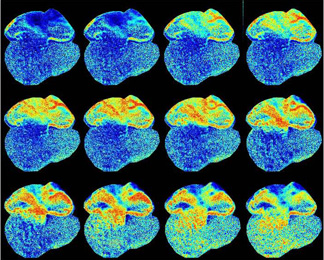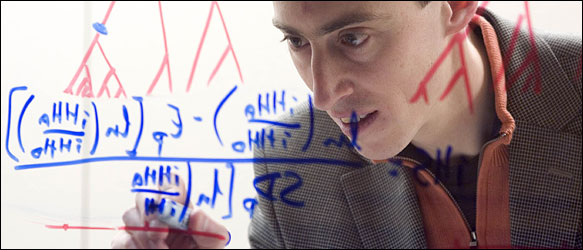Last November, Microsoft the era of "Live software", a host of new ways for consumers, businesses, and developers to gain access to Microsoft's services over the Web. Four months in, the new era appears to be well under way.
I think that Microsoft has made a big step in the right direction with its latest release at live.com, its evolving to a very competitive alternative to Google and Netvibes. com portals.
Windows Live is the centerpiece of an effort by Microsoft to catch pioneers such as Google and Yahoo! in Internet-related technology and sales. Live.com, Microsoft's customizable search-oriented portal, has more than 3 million users and the second-highest Net Promoter score -- a metric showing how many users would recommend the site to others -- of all MSN.com properties, writes Cole, a Microsoft senior vice-president. How are other Windows Live features faring?
Windows Live Mail, the new version of Microsoft's flagship Hotmail e-mail, is hosting 750,000 users, and the company hopes it will host 20 million by June, according to the memo. Windows Live Mail "was rewritten from the ground up...to enable high performance, client-like functionality, plus a host of security features, including anti-phishing," Cole writes. And Windows Live Safety Center, a free online service that helps protect customers' computers with virus cleaning and comprehensive PC health checkup capabilities, has received 13 million page views since its mid-November launch and has completed about 2 million free scans, the memo reports. Windows Live Messenger, which lets customers make calls and create a virtual workspace to share files with others, already has more than 1.5 million beta users and is seeing much grassroots viral marketing, according to the memo. Windows Live Local search, customized to the user's geographic location, "is surpassing our competition with industry-leading technology," the memo says. A slew of other features are on the way, the company says. "Over the next 3-6 months, we'll ship more innovative technology into the marketplace than during our entire 10-year history," writes Cole, who said in February he'll be taking a year's leave of absence starting in April. How will all that innovation be delivered? Services will be introduced with what he calls a "rolling thunder" approach. "We'll release new services as they become available, upgrade existing services, and launch marketing efforts in global phases," the memo says. One such service is a click-per-call capability that will let users connect to businesses via Web-based calls by clicking on MSN search links. Sources tell BusinessWeek Online that the capability will be unveiled the week of Mar. 13. Four months isn't very long, as eras go. But results have nonetheless imbued Microsoft with confidence. "I know we've spent the last few years coming from behind, but we've truly turned a huge corner," Cole says. "And I can assure you the onslaught of upcoming Windows Live services will place us in a strong competitive position and will reestablish our leadership in the industry." The onslaught has yet to translate to big inroads on rivals' turf -- but Google may want to ready the defenses to be on the safe side.
|
 ;
;









